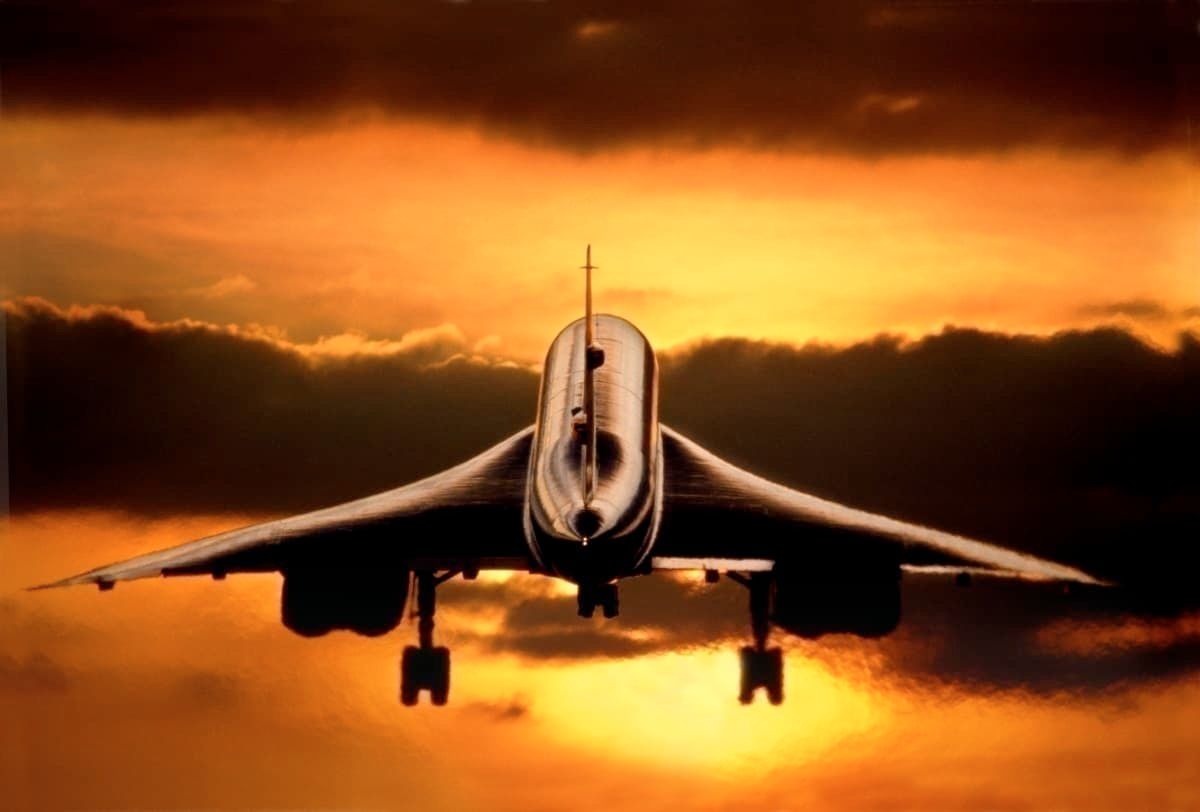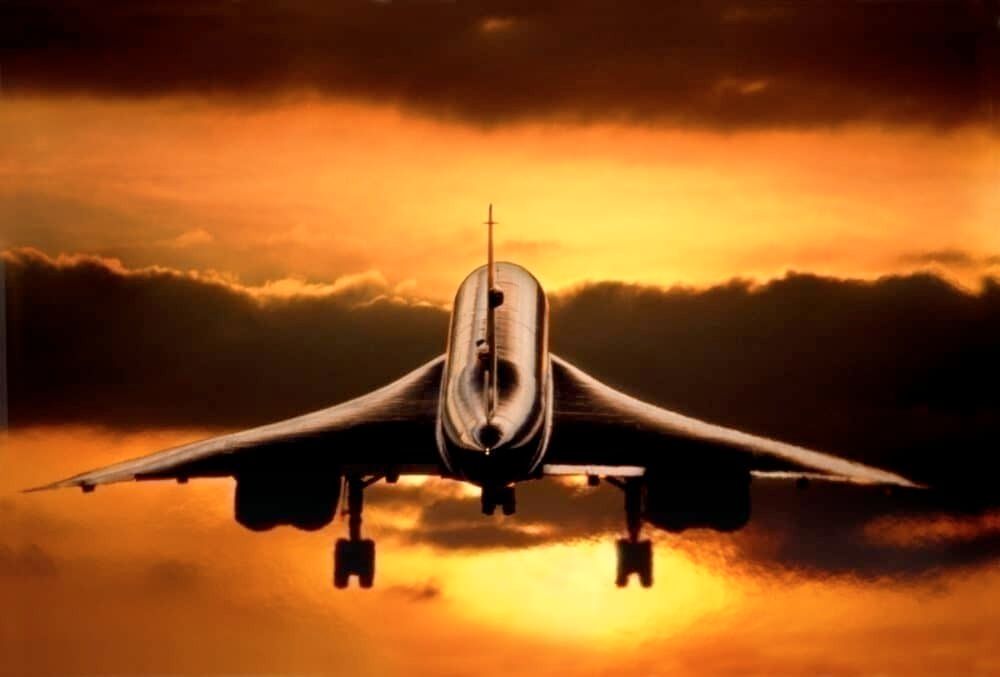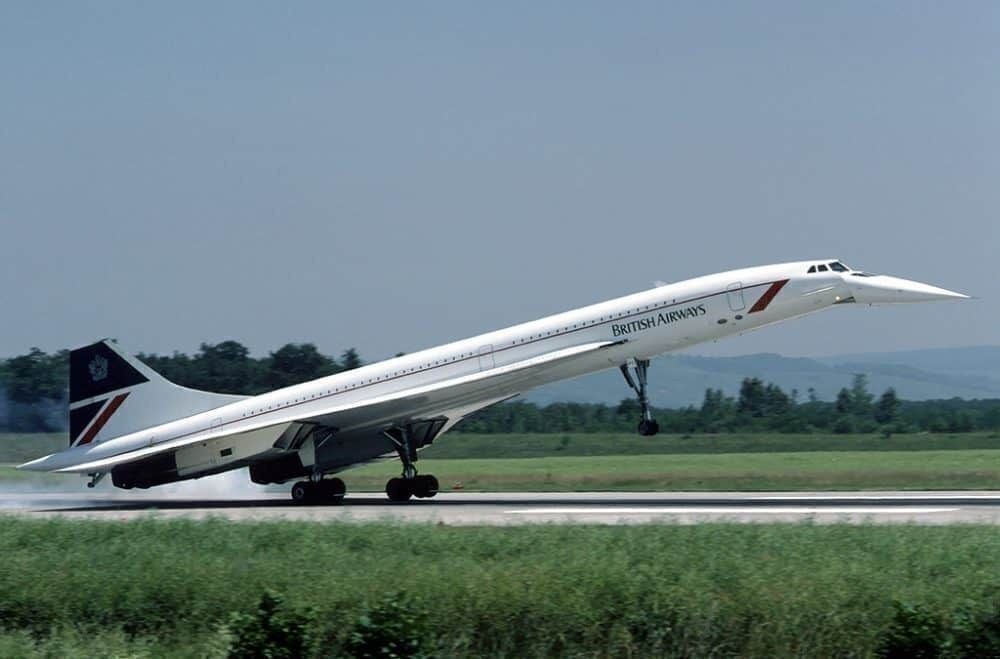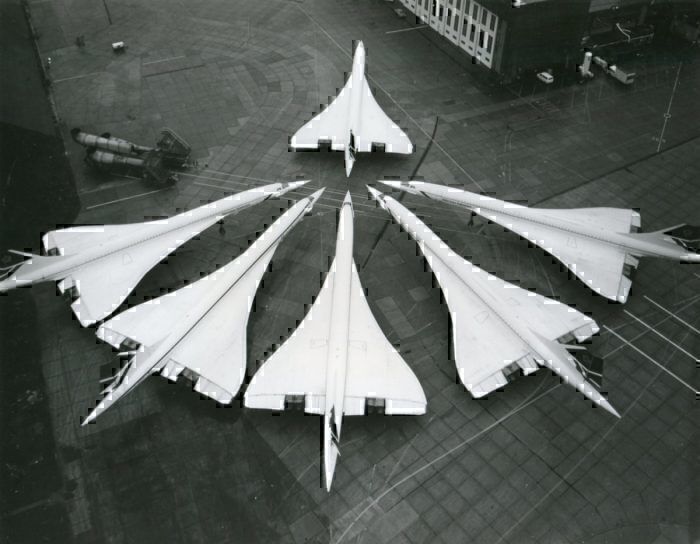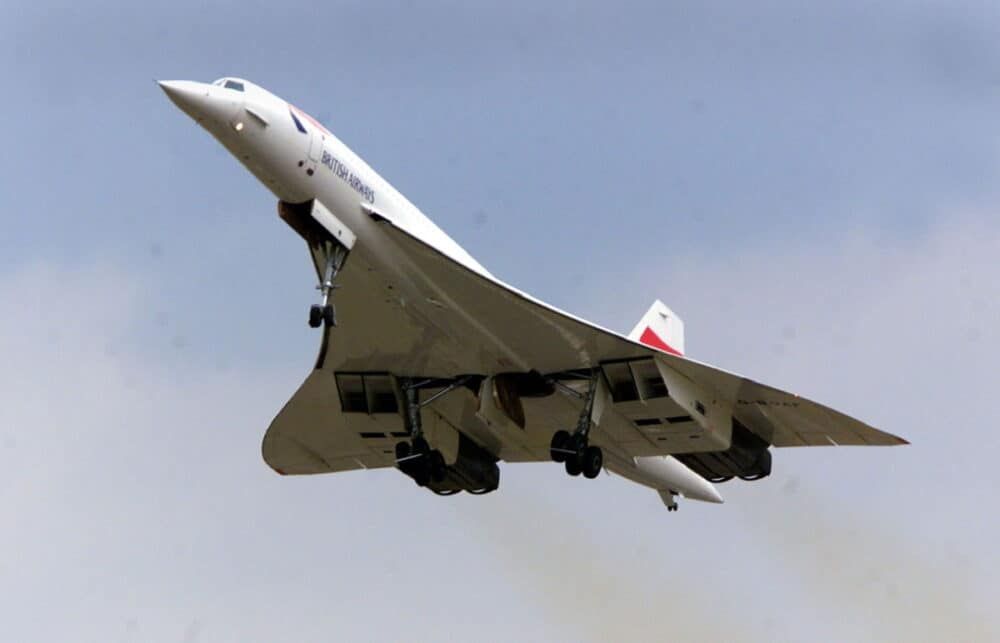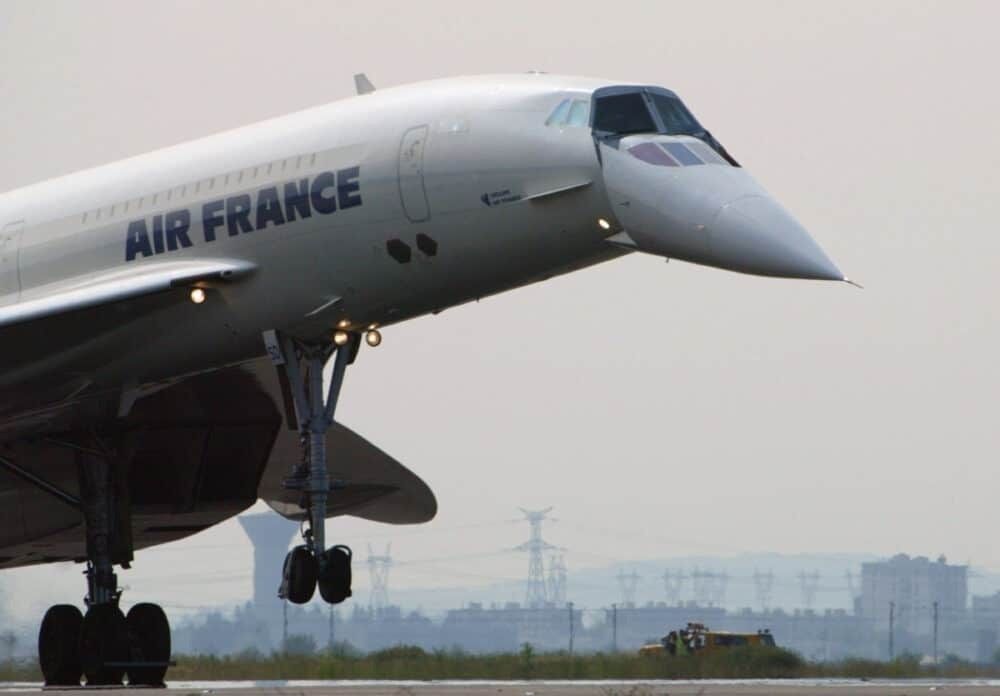At peak production, twenty Concorde aircraft were built for two customers with 18 other airlines taking options on the plane. Yet, no airline realized these options, and the aircraft's production eventually stopped. With millions of dollars in options on the table, why did manufacturers cease production and end the supersonic age early?
Why the Concorde was a game-changer
The Concorde was a radical departure from conventional jet aircraft. While it had a smaller passenger capacity than, for example, the Boeing 747, it could run laps around bigger planes and enable transatlantic travel in only a few hours. One famous example was having breakfast in London and then lunch in New York on the same day.
The speeds and the luxury experience onboard attracted a wealthy clientele. Supersonic transports (SSTs) opened up a new market segment: those with big wallets but who had no time, such as CEOs and celebrities. The Concorde would enable them to skip one of the worst parts of flying, spending hours in the air, and get them where they needed to be faster. Something that outside of a ticket onboard the Concorde, it was impossible to avoid.
"Getting the president of an American oil company to fly to New York in eight hours instead of fourteen is something to sell. Today, what do we offer for the 40 percent high first-class fare? A wider chair and a free whiskey. To offer eight, instead of fourteen hours, makes it worth 40 percent more." - Mr. Asad Nasr, general manager of MEA which had options for the Concorde.
Stay informed: Sign up for our daily aviation news digest.
How was the Concorde built?
The Concorde began as two separate independent projects. The Bristol Aeroplane Company of Britain (BAC) was working on a 100-seater supersonic transport called the Type 223, and the French Sud Aviation was working on a medium-range SST called the Super-Caravelle. Both designs were so expensive that the respective firms had to rely on government funding.
The cost became so great that BAC was asked by the government to find an international partner. They attempted to work with US firms, but there was a reluctance to join the program as it was funded by the British government; it might undermine the American free-market.
Fortunately, BAC found that the French were more than receptive. It turns out that the French Sud Aviation design did not have an engine powerful enough to get up in the air, something that the British team had already figured out.
Building the aircraft would be split between France and the United Kingdom, the latter who signed onto the project as part of its agreement to enter the common European marketplace. Construction split over two sites, each building entire airframes from components sourced from both countries. France would supply roughly 60% of all the parts, with Britain providing the latter 40%.
Through this system, the project constructed six prototypes and 14 more aircraft for flag carrier airlines British Airways (BOAC back then) and Air France (each would receive seven).
Selling the Concorde to airlines
The first Concorde built, 001, would be flown to the United States as part of a sales demo for airlines. The second Concorde, 002, would fly to the Middle East and Asia.
In 1967, the Concorde project estimated that it would sell over 350 aircraft throughout the program to the end of the 70s. Concorde believed that, because they were ahead of the currently in-development US SST program, airlines would jump at the chance to order the aircraft.
Alas, the aircraft ran into some problems during its sales drive. Some of these issues included:
- The aircraft became six times more expensive than predicted - up to $177 million today.
- Concerns about its environmental impact on the ozone, and noise pollution due to sonic booms.
- In 1973 there was a stock market collapse and an oil crisis, dramatically affecting how much airlines had to spend and making the Concorde fuel burn unattractive.
- Other airframe options were entering the market, such as the Boeing 747 that offered better fuel burn per seat than the Concorde.
- Airlines recognized a new profitable market of 'economy' passengers, who wanted the cheapest possible air tickets.
- Governments used the restriction of supersonic flight for political reasons, such as India and Malaysia. This divided up the world of where the aircraft could feasibly fly.
Why did manufacturing stop?
By the time the Concorde first flew in 1969, there were 74 options from 16 airlines. Despite not being attractive, technically, the program had plenty of orders to continue production beyond the original 20 aircraft.
In 1973 the Paris Air Show featured a Russian TU-144 SST aircraft. During its flight, something went wrong, and the plane crashed to the ground killing all on board and several people residing in their homes nearby. The shocking incident made many of the airline option holders back away from the project (this was a final straw, in addition to many of the reasons above).
By 1976, only four airlines remained as prospective buyers - British Airways, Air France, Iran Air, and a possible Chinese airline. British Airways and Air France would receive their initial order of seven aircraft each. Iran Air's options vanished during the Iranian revolution. The China order never eventuated.
With no more orders beyond the first 14 aircraft, production slowed to a halt.
Lessons learned from the Concorde
Several issues seem to stick out like sore thumbs in the Concorde manufacturing process, which likely resulted at the end of its production run. The two major criticisms are the cost to buy the aircraft, and the cost to operate the aircraft.
The first could be managed by how Concorde split the development over different sites. Building the aircraft in both Britain and France was politically popular, but it significantly contributed to the cost of the plane.
Today Airbus avoids this problem by assembling the final aircraft at one or two sites within France, as opposed to separate production lines over a continent. More production lines require double the logistical infrastructure (although Boeing manages with the Boeing 787 split over Washington and South Carolina).
Had the Concorde been built today, new technologies could have radically changed the construction of the aircraft. The Concorde airframe, while advanced for its time, would benefit from technology like the composite fuselage of the Boeing 787. Instead of separate sections, they could have built one long fuselage, removing the need for thousands of hydraulic seals across the body of the aircraft.
With the cost lowered to buy the aircraft (and new technology reducing the operating cost), the Concorde would have been a more profitable option for airlines. It wasn't so much the environmental impact of the aircraft that ended the manufacturing process, but rather the cost to buy and operate.
What do you think? Did you ever fly on the Concorde? Let us know in the comments.

